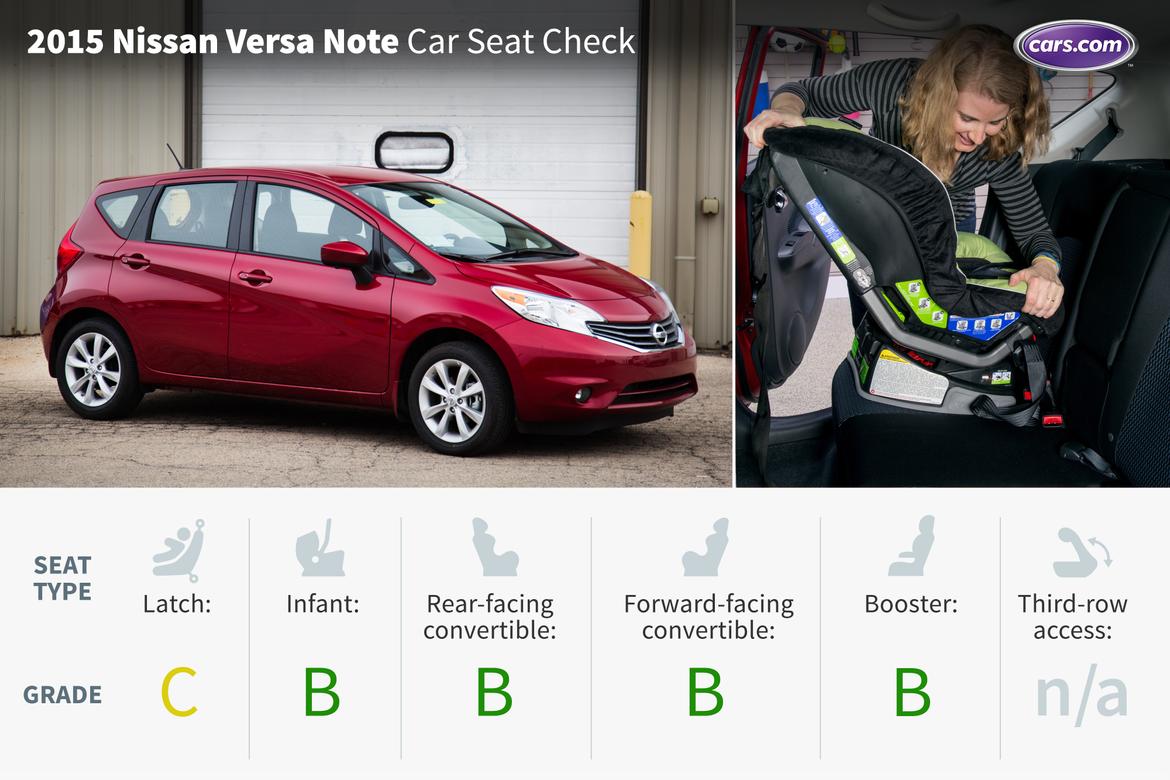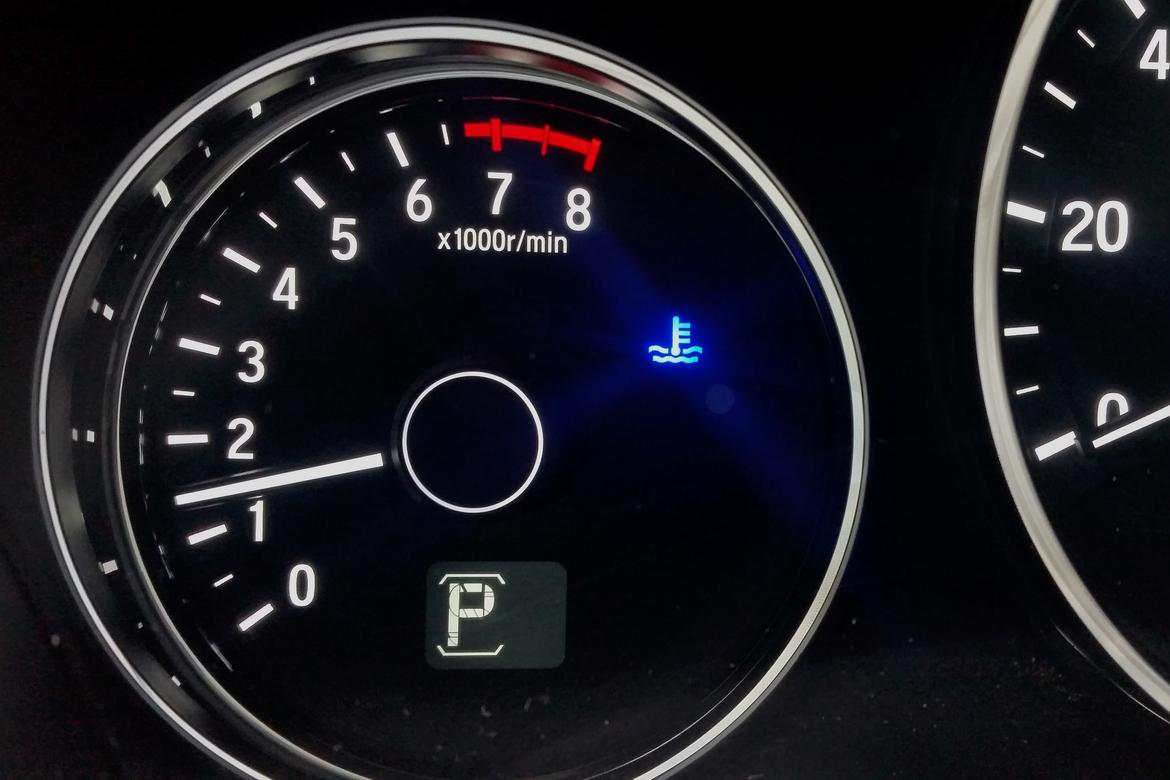Car Seat Check

 |
Even if you’re driving safely, winter roads can be slippery. Reduce your risk on the road by purchasing
winter tires with low-interest financing. The MPI Winter Tire Program provides low-interest financing
to eligible Manitobans at prime plus two per cent*, on up to $2,000 per vehicle. This financing can be
used for the purchase of qualifying winter tires and associated costs from Indoor Auto Sales and
Service. Program eligibility: To be eligible for the Winter Tire Program, you must:be an individual
(not corporate) Manitoba Public Insurance customer, purchase qualifying winter tires for a passenger
vehicle or light truck (gross vehicle weight under 4541 kg) registered under your name have no
financing restrictions or outstanding arrears on your Manitoba Public Insurance account. Check your
eligibility quickly and easily with our eligibility confirmation tool. Qualifying tires will display this
symbolas established by Transport Canada and the Rubber Association of Canada. It indicates
that the tires have met specific snow traction performance requirements and are designed to be used in
severe snow conditions. Financing can be applied to the purchase of winter tires displaying the symbol
above as well as associated costs including: rims,mounting balancing,taxes and fees The following are not eligible for financing: repair of tires, maintenance/storage of tires between seasons unless included as part of the initial cost,
switchover cost of changing between all-season and winter tires after the initial purchase/installation
unless included as part of the initial cost. Visit Indoor Auto Sales Determine your eligibility for the program, then visit Indoor Auto Sales and select your tires. We will
confirm your eligibility and complete the loan authorization. You will be asked to:provide your vehicle
registration certificate and your driver’s licence or identification card, select a financing term between
one and four years and a monthly payment withdrawal day, choose between using the existing banking
or credit card information on your Manitoba Public Insurance account, or have your Autopac agent
contact you for the information, provide your phone number and preferred Autopac agent, read and
sign the loan information (including applicable interest rate), Preauthorized Payment Agreement,
promissory note and terms and conditions We will fax your signed application to your Autopac agent.*Interest rates are determined by the Bank of Canada and are subject to change without notice.
